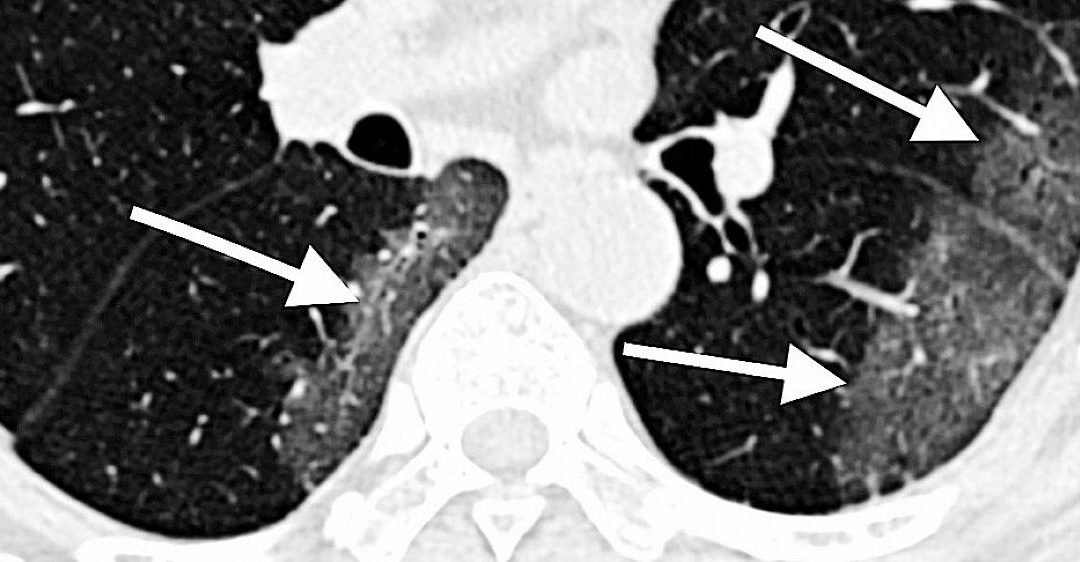The National Institutes of Health wants to utilize artificial intelligence technology to better combat COVID-19 and has offered a grant to establish a resource center for diagnosis and treatment. However, a spokesperson from the National Institute of Biomedical Imaging and Bioengineering said this is just the first step and researchers still need to overcome challenges before an AI algorithm can be brought to market.
“There are people already working on it since April or May,” said Etta Pisano, chief research officer at the American College of Radiology. “This is just a newly funded project. It just means that we’re beginning to create a resource so that more people can work on it.”
The NIH launched the Medical Imaging and Data Resource Center earlier this month. NIBIB, part of the NIH, leads the collaboration with ACR, the University of Chicago, the Radiological Society of North America and the American Association of Physicists in Medicine, to create new tools that physicians can use for early detection and personalized therapies for coronavirus patients. Pisano said the goal of the MIDRC is to collect data from different institutions and create a system for others outside the center to use and develop algorithms.
“We need to train these models on as much diverse data as possible, so that they can learn the way that imaging of this disease appears in multiple types of patients and multiple types of institutions,” said Matthew Lungren, an associate professor of radiology at the Stanford University Medical Center.
According to a study from ACR, the number of new radiologists is increasing by 2% per year. The COVID-19 pandemic has highlighted the shortage of radiologists as the healthcare systems were overwhelmed in places such as New York City in a short time, Lungren said. To help fill the gap, he said an AI model could be trained to do a first pass among large volumes of imaging. His team has created an algorithm that can read 400 chest X-rays in 1 minute, “where it took a human expert about four hours to do that same number of chest X-rays.”
“If we can build these algorithms to perform accurately at the same performance as experts for certain tasks, then we can really increase the access and availability to healthcare across the world,” Lungren said.
Paul J. Chang, a professor of radiology at the University of Chicago School of Medicine, said the digital format of medical imaging and data in the last 20 years helps researchers accelerate the process. However, data has been locked in local silos which prevents researchers from fully accessing all available data sets.
“If we want to get large amounts of statistical models to do the inference, we have to break down these silos in a fast way,” Chang said. “The first step of this grant is to create a search or discovery service where you can discover all these [data].”
The second problem is that most databases structure all the data to individual health problems, not a public health crisis like COVID-19. Researchers must figure out a way to reformat databases appropriately for public health matters. Chang said they should act quickly because “there are massive databases and you can throw armies of people at it.”
“The grant is attempting to address the deficiencies that we have right now,” Chang said. “It is addressing the fact that we couldn’t, and we still cannot, respond to these large healthcare events in a timely way rigorously.”
The technical expertise is only the beginning, and researchers should also establish a legal and ethical framework to aggregate the data, Pisano said. She added that one of ACR’s jobs is to remove all identifiers from the data.
“It’s not a simple thing with images because there is information embedded in the header of the images.” Pisano said. “We have a long history of doing it, so I feel pretty comfortable that we will be successful in this.”
Chang said hospitals are hesitant to allow anyone to search their databases because of the regulatory requirements of the Health Insurance Portability and Accountability Act of 1996, a federal law to protect sensitive patient health information from being disclosed without the patient’s consent or knowledge. He said the MIDRC should come up with an alternative model to move the AI algorithms to local hospitals. Physicians can search their own data and share the insights and trends rather than the actual patient data, Chang added.
“We get insight locally, and we share that insights globally,” Chang said.


